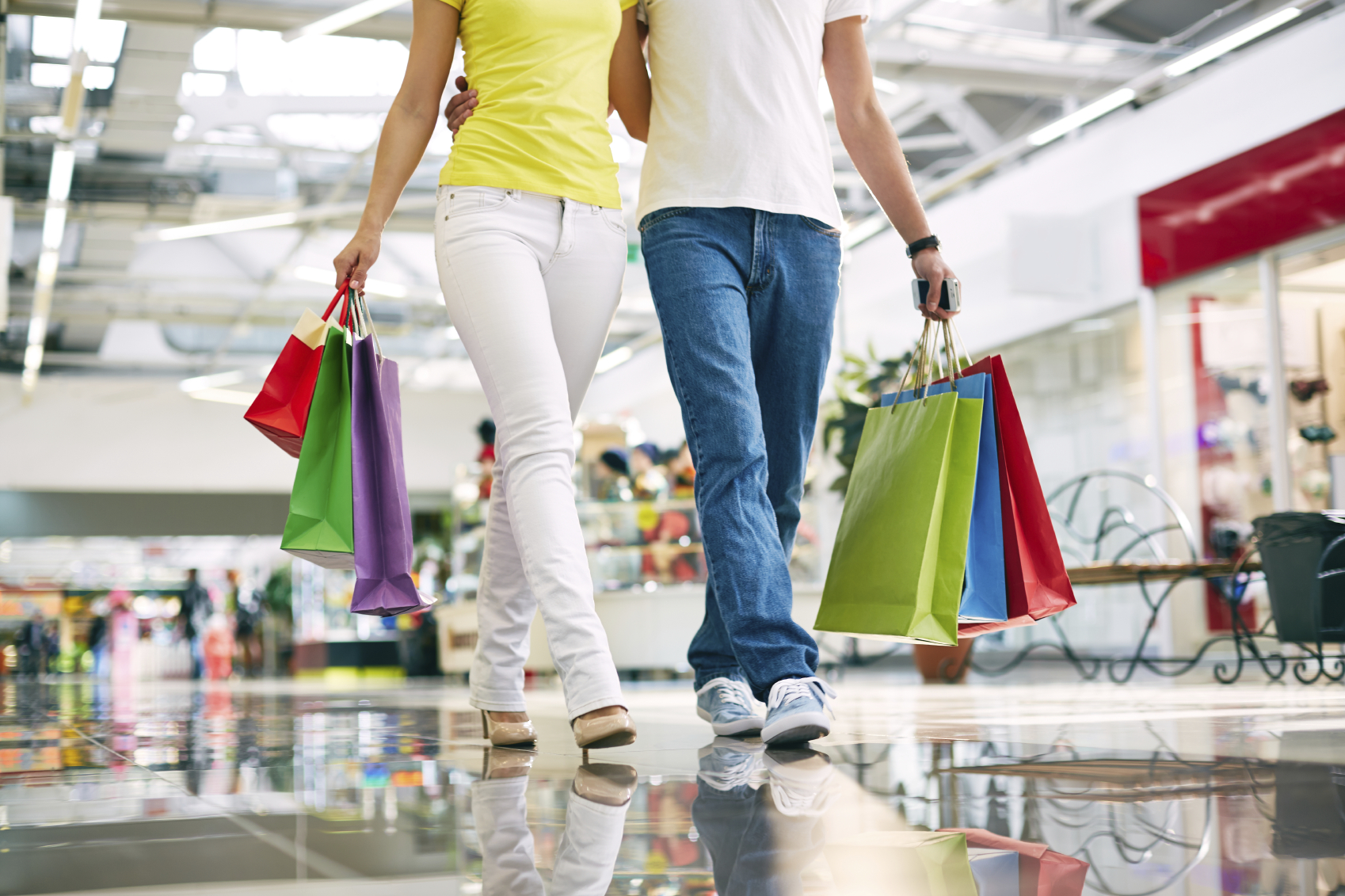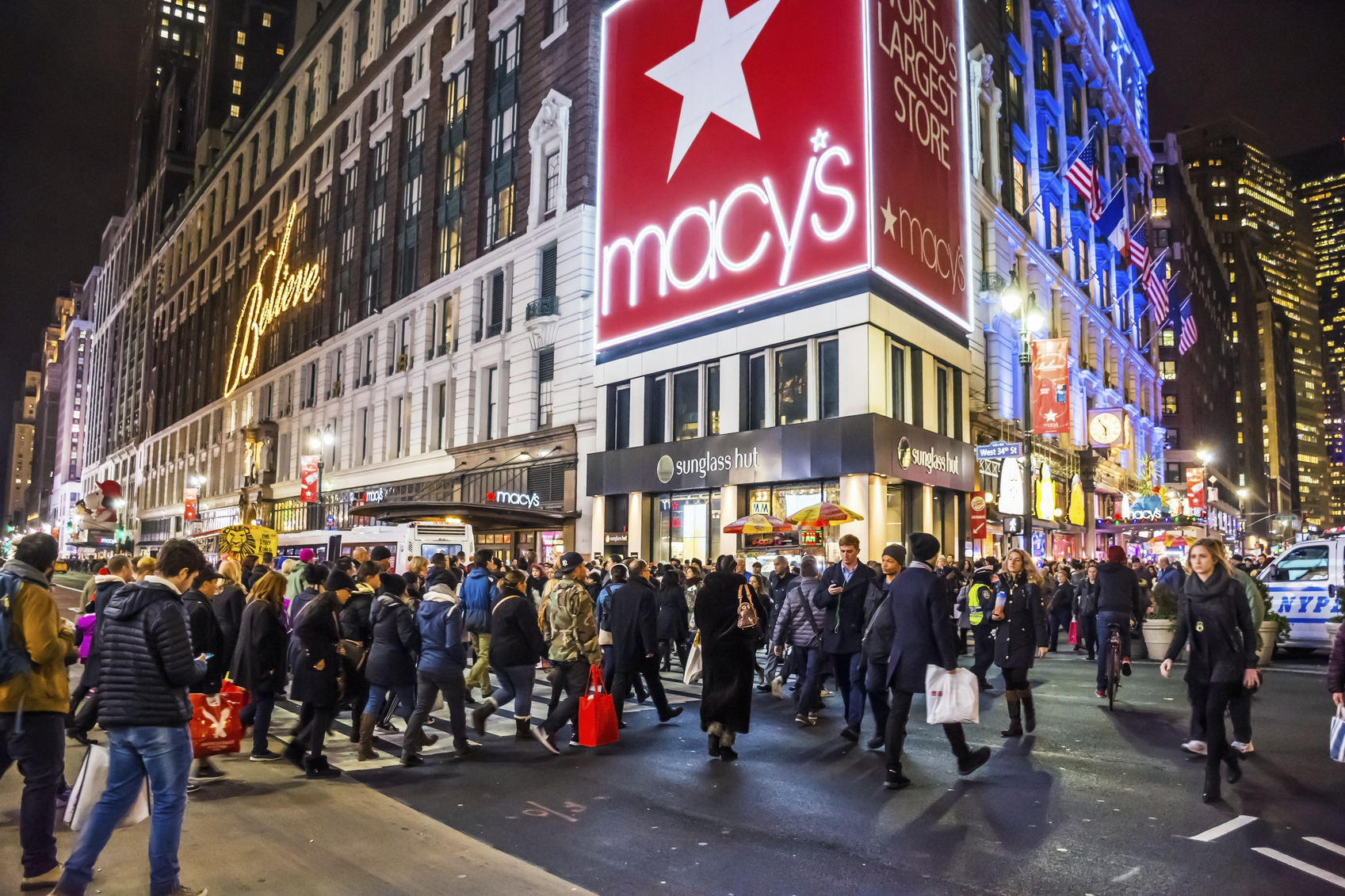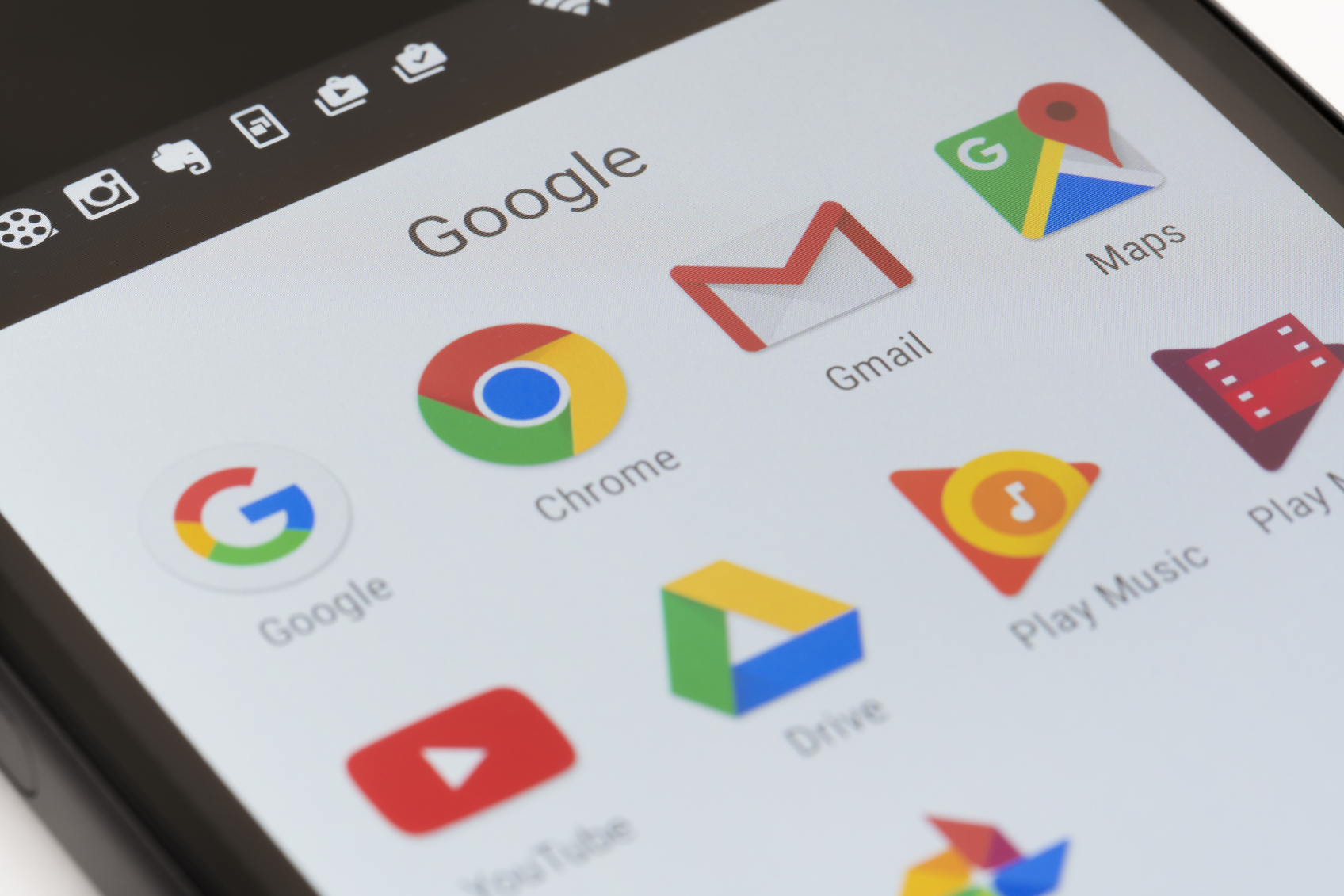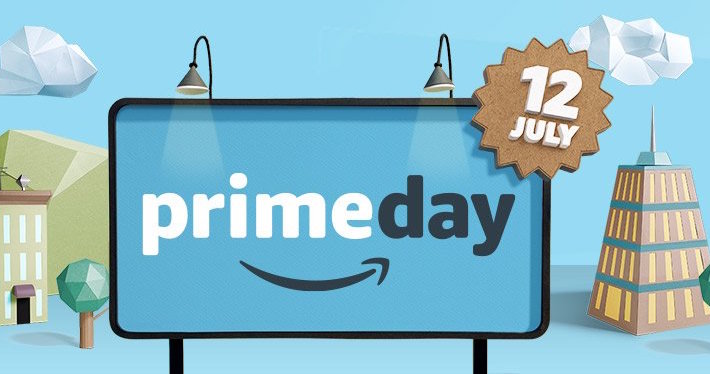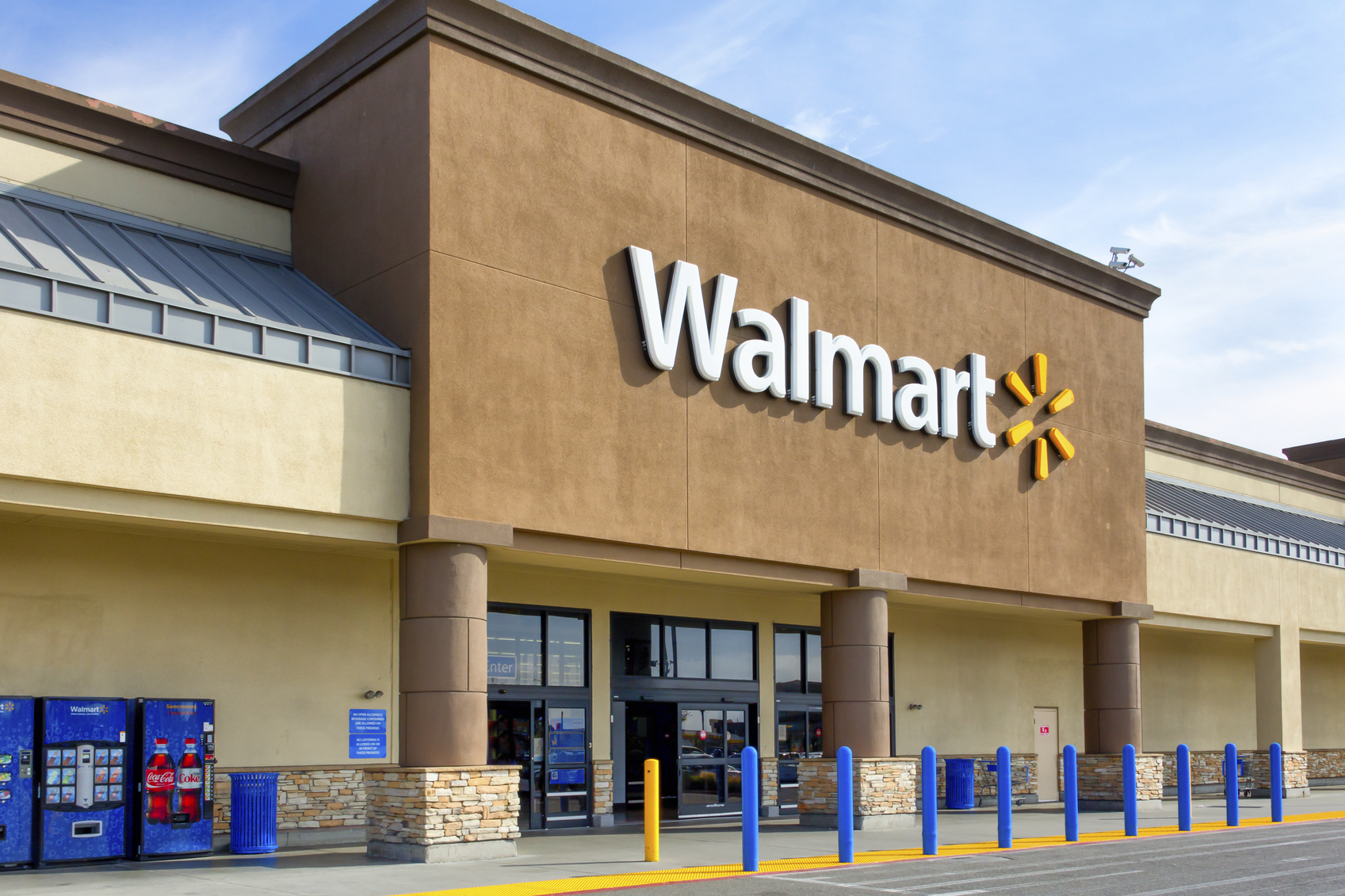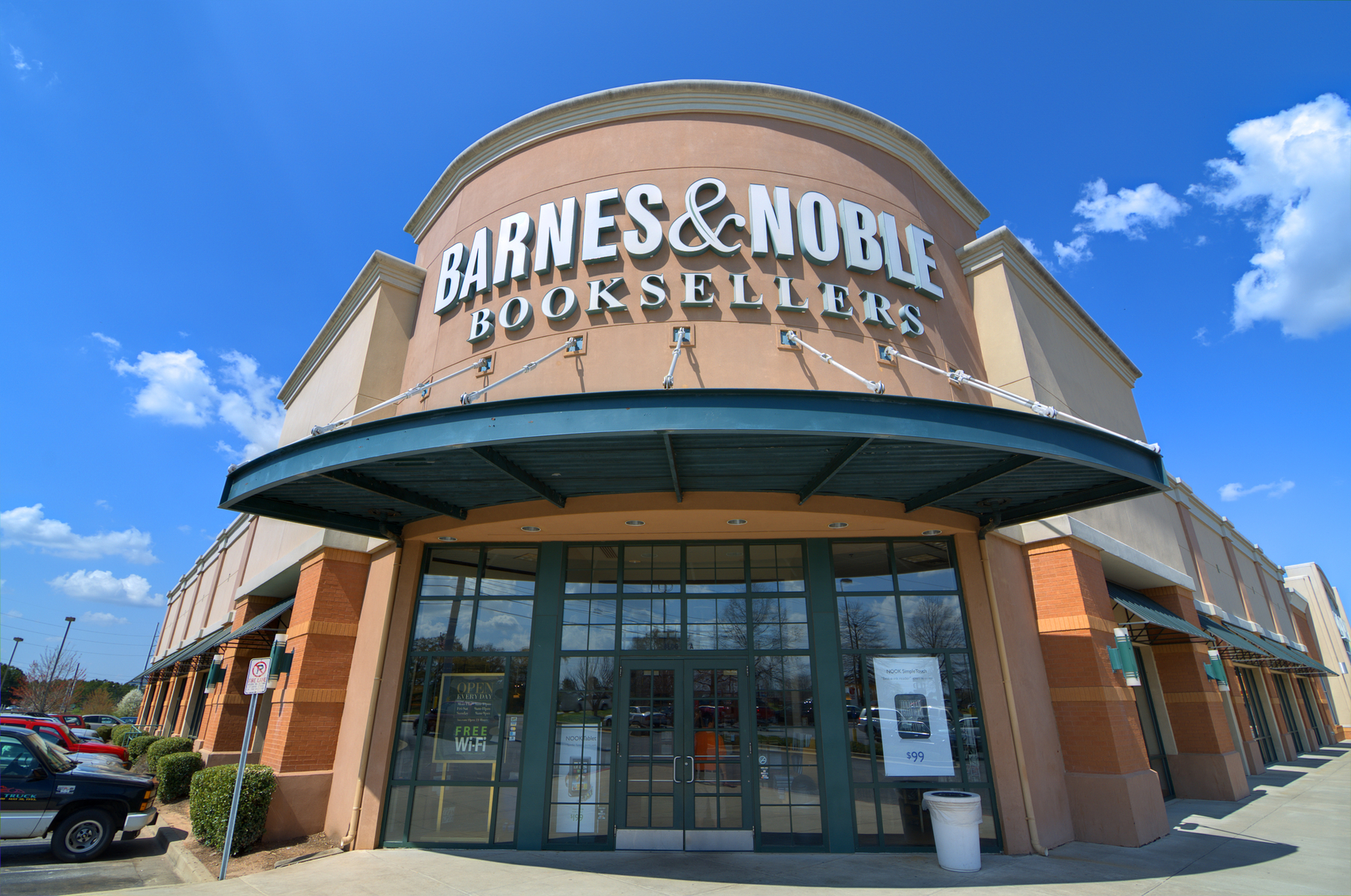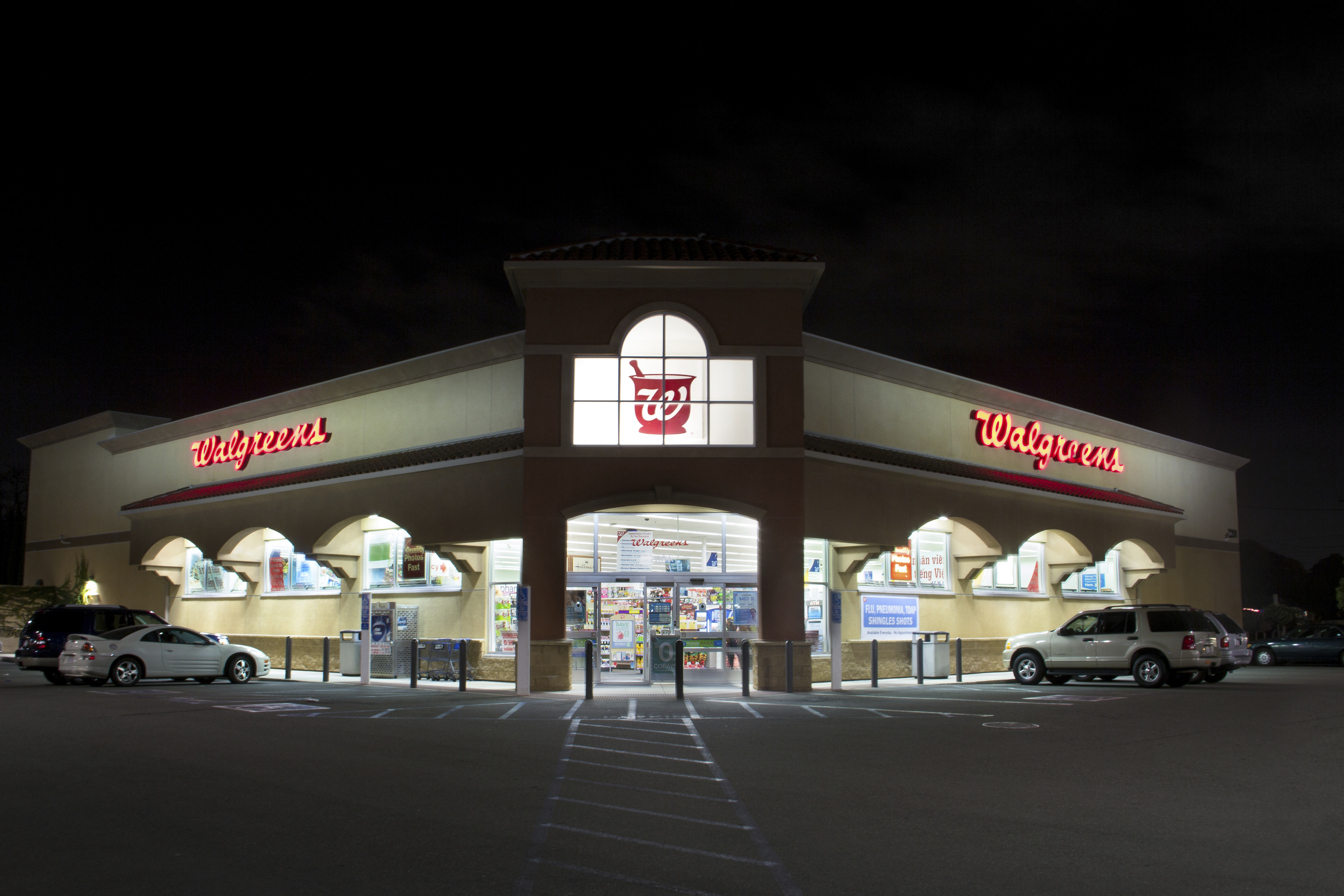What Happened
Sephora is expanding its “Beauty TIP Workshop” concept store to Canada as the beauty and makeup retailer continues to push for an omnichannel approach. The new Sephora store in Toronto features an expanded Beauty Studio, which offers complimentary makeovers and product recommendations via Sephora + Pantone Color IQ touchscreens. It also has tablets running Sephora’s “Fragrance IQ” to let shoppers browse and learn more about the perfumes.
What Brands Need To Do
Those digital integrations are designed to make the physical store part of the omnichannel experiences that also includes online, mobile, and social channels in order to appeal to customers across platforms. Previously, Sephora also inked a partnership with messaging app Kik to reach mobile customers with a chatbot and support for in-app purchases.
The Lab has extensive experience working with beauty and fashion brands to reach shoppers on digital channels. Our recent work with NYX Cosmetics that includes a digital beauty bar that innovatively incorporates social and mobile elements into the sampling experience. If you’d like to learn more about developing a mobile strategy to reach connected shoppers, please contact our Client Services Director Samantha Holland ([email protected]) to schedule a visit to the Lab.
Source: GeoMarketing

